IPPCAAS developed a Photo-Responsive Pesticide-Loaded Hydrogel with Multiple Structural Transformations Properties
Recently,the Pesticide Molecular Target and Green Pesticide Innovation Team from the Institute of Plant Protection, Chinese Academy of Agricultural Sciences (IPPCAAS), have developed a novel photo-responsive supramolecular hydrogel-based pesticide delivery system. This system improves pesticide utilization efficiency through multiple structural transformations while reducing toxicity to non-target aquatic organisms. The findings, published in the Chemical Engineering Journal , provide a new strategy for enhancing pesticide efficiency and ecological safety.
Owing to the unique three-dimensional network structure and rheological properties, hydrogels can suppress pesticide droplet rebound on hydrophobic rice leaves, significantly improving deposition efficiency. However, challenges remain in achieving intelligent on-demand pesticide release when the pesticide-loaded hydrogel is deposited on target leaves or enters non-target environments. To address this, the team employed molecular self-assembly technology to encapsulate the hydrophobic fungicide pyraclostrobin into a ternary supramolecular hydrogel system composed of C18-modified polyacrylic acid, α-cyclodextrin, and azobenzene derivatives. Under alternating ultraviolet (UV) and visible light irradiation, the system exhibited reversible sol-gel transitions, enabling precise control over pyraclostrobin encapsulation and release.This structural transformationmechanism enhanced pyraclostrobin deposition on hydrophobic rice leaves and improved fungicidal activity against Rhizoctonia solani . Notably, in simulated paddy water environments, the pesticide-loaded hydrogel occurred in situ microencapsulation, forming pyraclostrobin microcapsules that significantly reduced acute toxicity to zebrafish (Danio rerio), a model aquatic organism.
In this study, environment-responsive supramolecular materials with pesticide delivery systems realize the dual functionalities of "on-demand release" and "in situ detoxification" through multi-level structural transformations under varying environmental conditions. This strategy establishes a novel technical paradigm for precision pesticide delivery, improved utilization efficiency, and enhanced ecological safety.
Zhang Hanghang, a Ph.D. candidate from IPPCAAS, is the first author, and Prof. Cao Lidong is the corresponding author. This work was supported by the National Key Research and Development Program of China, the National Natural Science Foundation of China, and the Agricultural Science and Technology Innovation Program of CAAS.
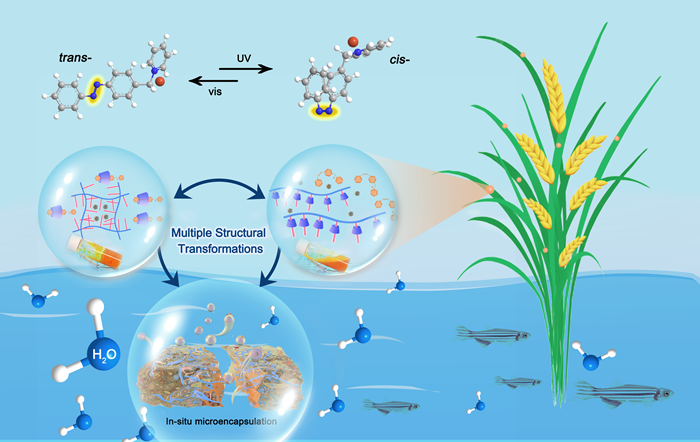
-
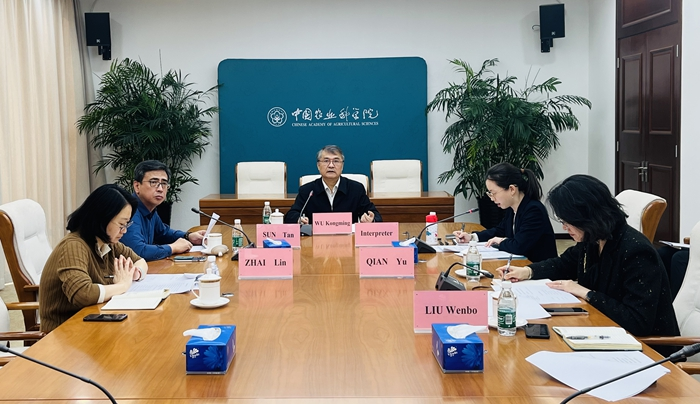 Mar 13, 2025CAAS and CGIAR Deepen Strategic Cooperation
Mar 13, 2025CAAS and CGIAR Deepen Strategic Cooperation -
 Mar 11, 2025Call for Logo Design Proposals for the China-Africa Agricultural Science and Technology Innovation Alliance (CAASTIA)
Mar 11, 2025Call for Logo Design Proposals for the China-Africa Agricultural Science and Technology Innovation Alliance (CAASTIA) -
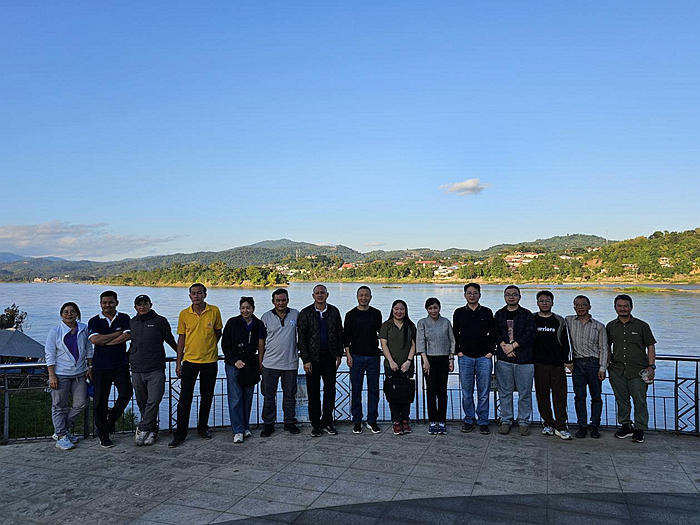 Jan 21, 2025IAED-CAAS Delegation Visits Thailand for Scientific Cooperation
Jan 21, 2025IAED-CAAS Delegation Visits Thailand for Scientific Cooperation -
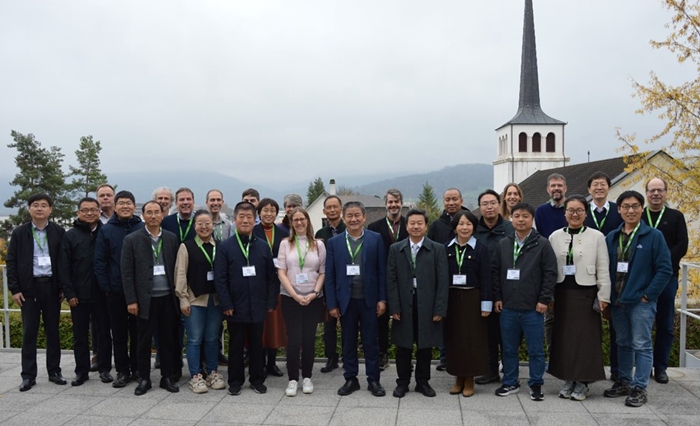 Dec 05, 2024China-CABI Project Development Workshop Held in Delémont, Switzerland
Dec 05, 2024China-CABI Project Development Workshop Held in Delémont, Switzerland -
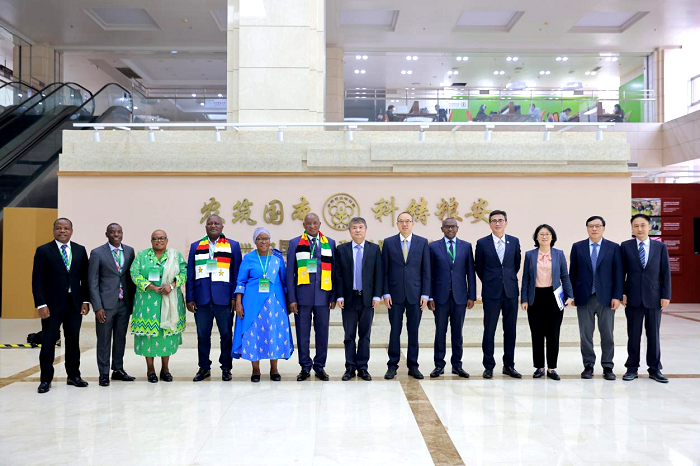 Dec 05, 2024Ministerial Workshop on Digital Agriculture and Rural Revitalization for BRI Partner Countries Held at CAAS
Dec 05, 2024Ministerial Workshop on Digital Agriculture and Rural Revitalization for BRI Partner Countries Held at CAAS
